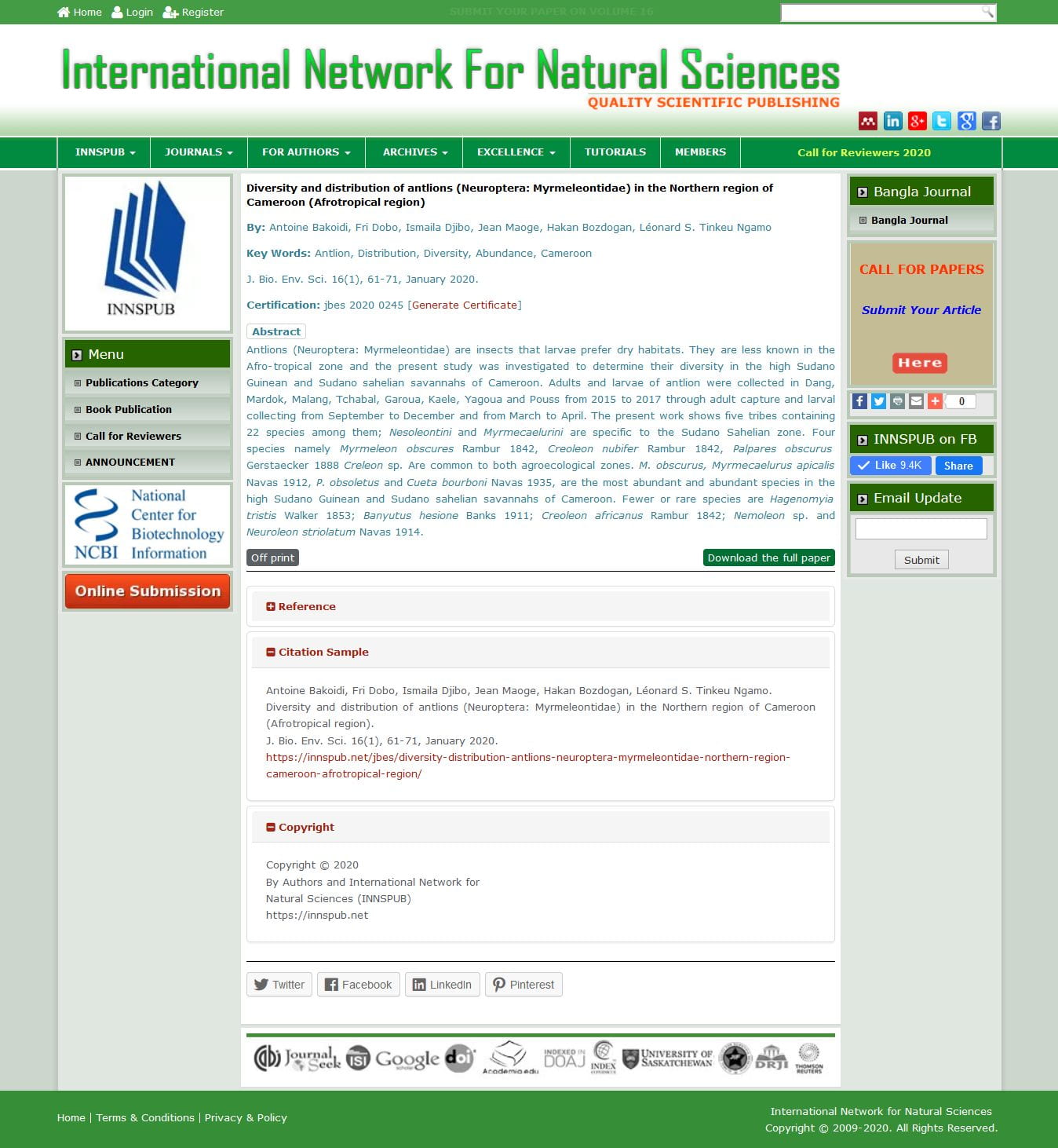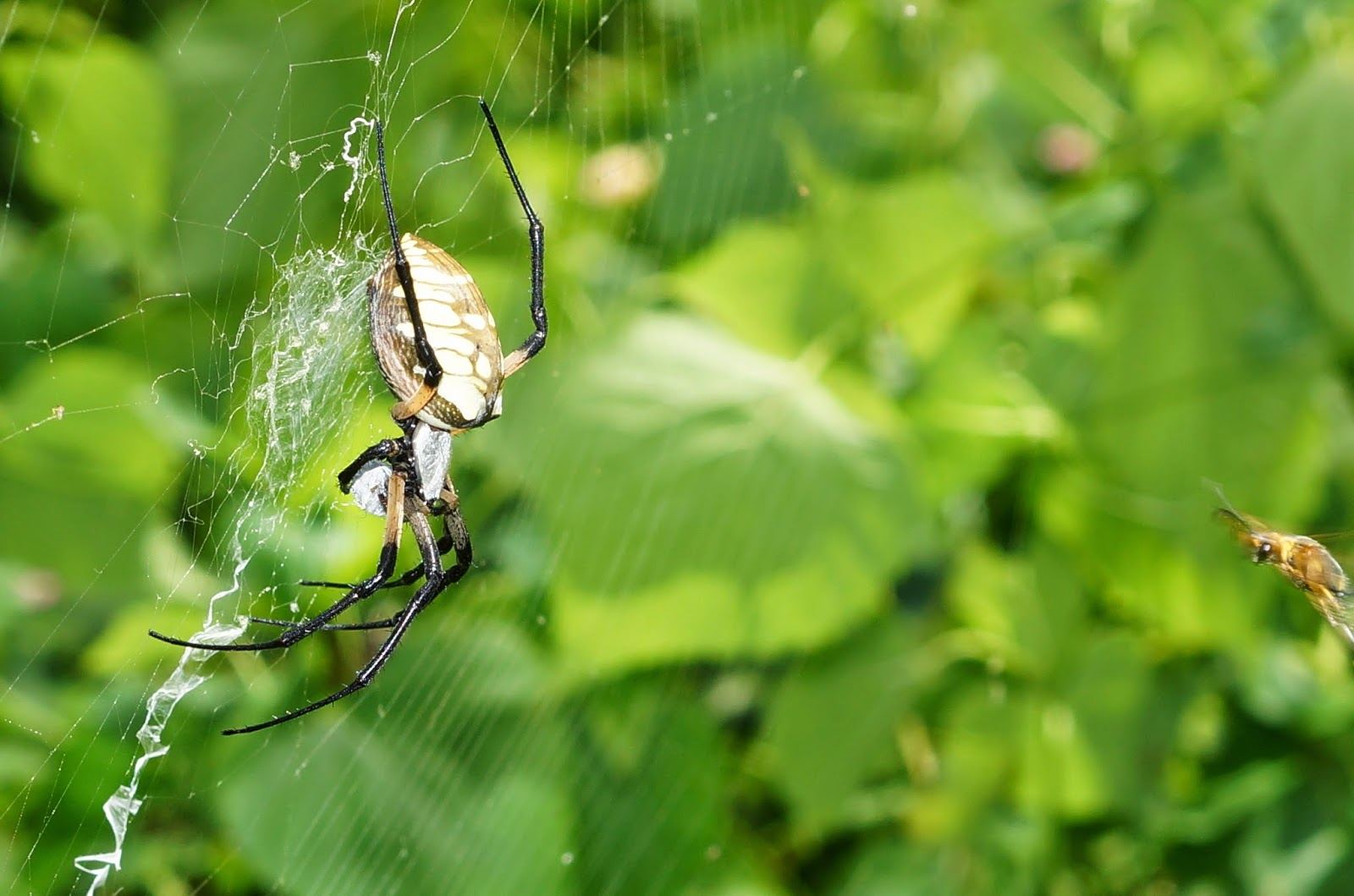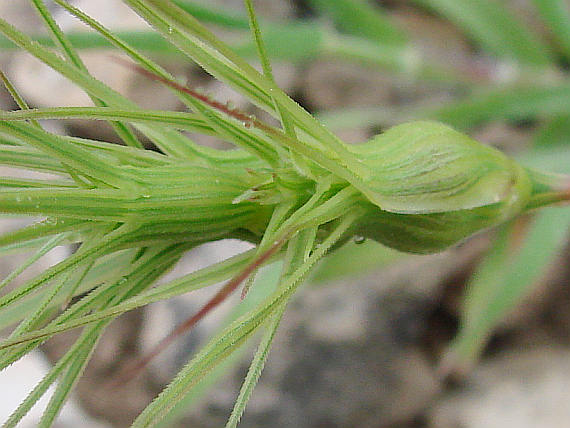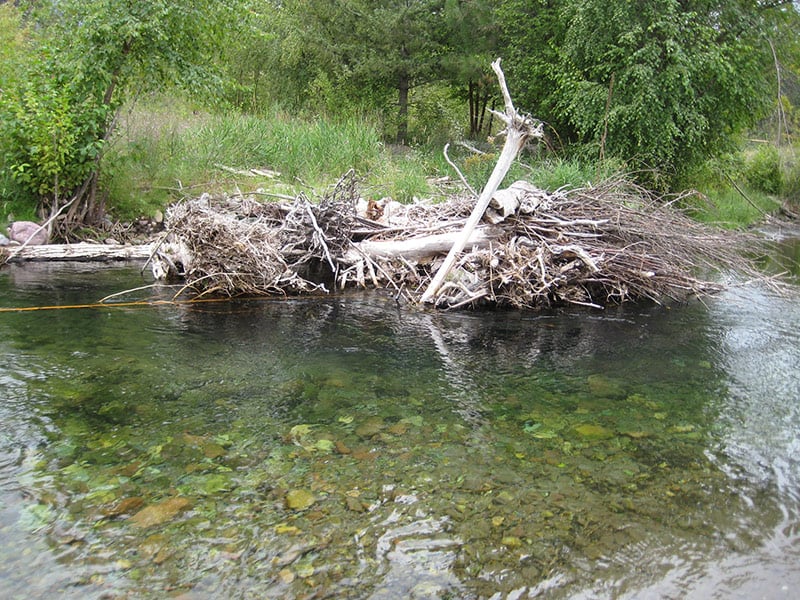
![]() JBES welcome all respective authors to submit their research paper / manuscripts, thesis paper in the field of Environmental Sciences, Biology, Biodiversity, Species diversity, Ecology, Taxonomy and many more via online submission panel
JBES welcome all respective authors to submit their research paper / manuscripts, thesis paper in the field of Environmental Sciences, Biology, Biodiversity, Species diversity, Ecology, Taxonomy and many more via online submission panel
Antlions (Neuroptera: Myrmeleontidae) are insects that larvae prefer in dry habitats. They are less known in the Afro-tropical zone and the present study was investigated to determine their diversity in the high Sudano Guinean and Sudano sahelian savannahs of Cameroon. Continue reading Diversity and distribution of antlions (Neuroptera: Myrmeleontidae) in the Northern region of Cameroon (Afrotropical region)| JBES 2020



 Khaled Mguis, Asma Mahjoub, Mejda Abassi, Ali Albouchi, Zeineb Ouerghi, Ben Brahim Nadia, Zoubeir Béjaoui
Khaled Mguis, Asma Mahjoub, Mejda Abassi, Ali Albouchi, Zeineb Ouerghi, Ben Brahim Nadia, Zoubeir Béjaoui